Resonances: second movement

Part of Le Printemps de Septembre 2016: exhibition curated by Christine Eyene, exploring the notion of rhythm in the work of John Cage, Ayoka Chenzira, Satch Hoyt, Langston Hughes, Madeleine Mbida, Yinka Shonibare MBE and William Titley.
Resonances is the second chapter of the project All Of Us Have Sense Of Rhythm presented at David Roberts Art Foundation (DRAF), London in 2015, which title was inspired by an anecdote by Langston Hughes, a seminal figure of the Harlem Renaissance. Recalling in an interview how he became a poet – a practice requiring a sense of rhythm – Hughes mentioned how he was then subject of the stereotype whereby all black people have a sense of rhythm.
Drawing from Léopold Sédar Senghor’s writings and the history of American musical avant-garde, this exhibition highlights a number of lineages between non-western traditional arts and the much broader field of contemporary practices that have remained overlooked in mainstream interpretations of contemporary arts and cultures.
Presented across Croix-Baragnon’s two spaces, the Gallery and Espace III, the exhibition features music scores, videos, sculptures, paintings, poetry, photography and sound art by artists John Cage, Ayoka Chenzira, Satch Hoyt, Langston Hughes, Madeleine Mbida, Yinka Shonibare MBE and William Titley.
Resonances opens with a reexamination of the history of John Cage’s prepared piano through three music scores: Bacchanale (1938-40), Primitive (1942) and Our Spring Will Come (1943). Marking the birth of this new genre, Bacchanale is the first in a series of compositions created by the young Cage upon invitations by African-American choreographers, respectively Syvilla Fort, Wilson Williams and Pearl Primus.
Ayoka Chenzira’s Syvlla : They Dance to Her Drum (1979) is a rare film retracing the journey of dancer and choreographer Syvilla Fort (1917-1975) for whom Cage composed Bacchanale. Often overshadowed by the narrative surrounding the invention of the prepared piano, between the 1940s and 70s, Fort contributed to train three generations of black dancers and choreographers to whom access to dance schools, especially ballet, was generally denied because of racial discrimination in the United-States.
Adding to the interaction between Cage and the choreographers, the opening lines of Our Spring (1933), a poem by Langston Hughes addressing the black condition in the United States, are printed on the gallery wall. This poem inspired a choreography by Pearl Primus and gave its title to the piece signed by Cage. The reproduction of a 1944 press cut by The Afro-American written on the occasion of one of Pearl Primus’s premieres indicates that, back then, this piece was associated with Hughes’s poem rather than Cage who was then an emerging musician.
Are also included two items from Collection Cordier housed at Les Abattoirs: a Senoufo resonator (Ivory Coast) and a Sukuma lamellophone (Tanzania) two pieces belonging to a family of instruments which sonorities were sought after by Cage in his prepared piano compositions.
Further down, William Titley’s Northern Souls – The Sound of an Underground (2014) is a sound piece recorded beneath a dance floor during a Northern Soul all-nighter. The result is a cacophonic yet rhythmic mix between echos, stomping and squeaking. The pictures documenting the final moment of the evening show the acrobatic dance moves and the clothing style particular to the genre. This work also raises questions on the appropriation of black culture, in this case soul music, by white youth in Northern England and how they in turn created a unique style and culture perceived as “originally” British.
Finally, Satch Hoyt’s works The Back Beat (2015), a three-screen video and his painting series Spinnister (2014) reflect his concept of afrosonic signifier whereby the sonic memorial network is referred as the primary element that has maintained African diaspora cultures.
At espace III, four new paintings by Madeleine Mbida present her visual experiments on Bikutsi, a Cameroonian music and dance traditionally performed to the sound of balafons, such as the one displayed in the exhibition. From its ternary 6/8 and 9/8 rhythmic patterns, Mbida creates chromatic declinations and dancing figures with interlaced movements.
The exhibition concludes with the video Odile and Odette (2005) by Yinka Shonibare MBE, a reinterpretation of Tchaikovsky’s Swan Lake featuring two ballerinas, one white the other black, dressed in tutu and ballet pointe shoes made out of Shonibare signature Dutch wax. Their silent face-to-face synchronized dance, on both sides of a mirror, underlines the multilayered dichotomy between good and evil, light and dark, and their implicit association with skin colour. The piece also challenges some assumptions on the black body and ballet dance and, as such, echoes the story evoked in the video on Syvilla Fort at the beginning of the exhibition.
Resonances: second movement
23 September – 23 October 2016
Espace Croix-Baragnon
24, rue Croix-Baragnon
31000 Toulouse
France
Tel : + 33 (0) 5-62-27-60-60
Find out more on Printemps de Septembre.
PHOTO GALLERY: click on any image to view the gallery
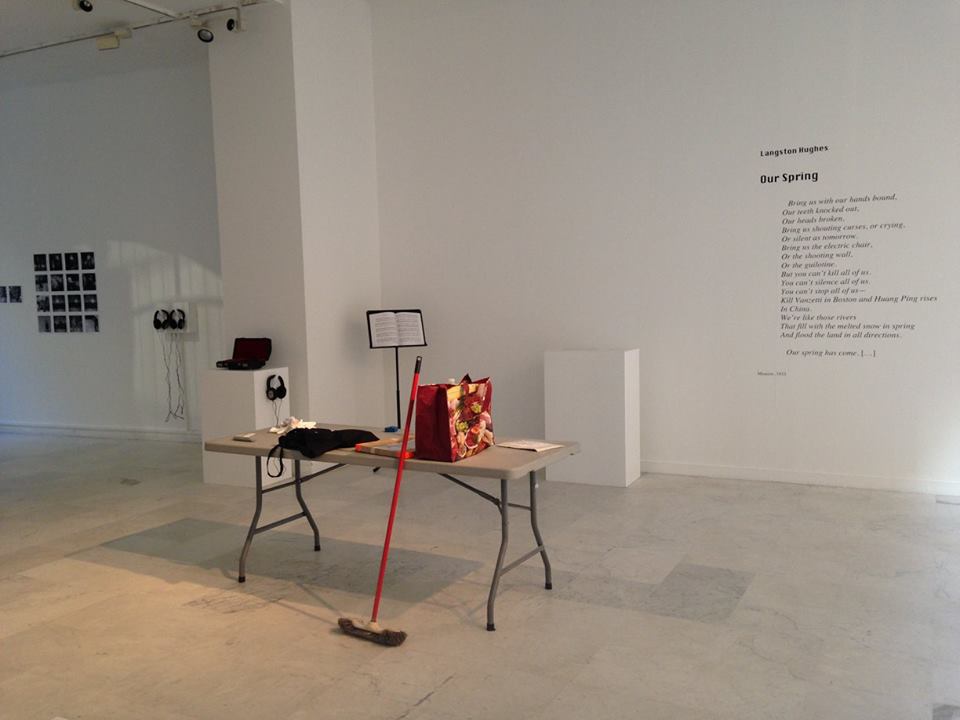

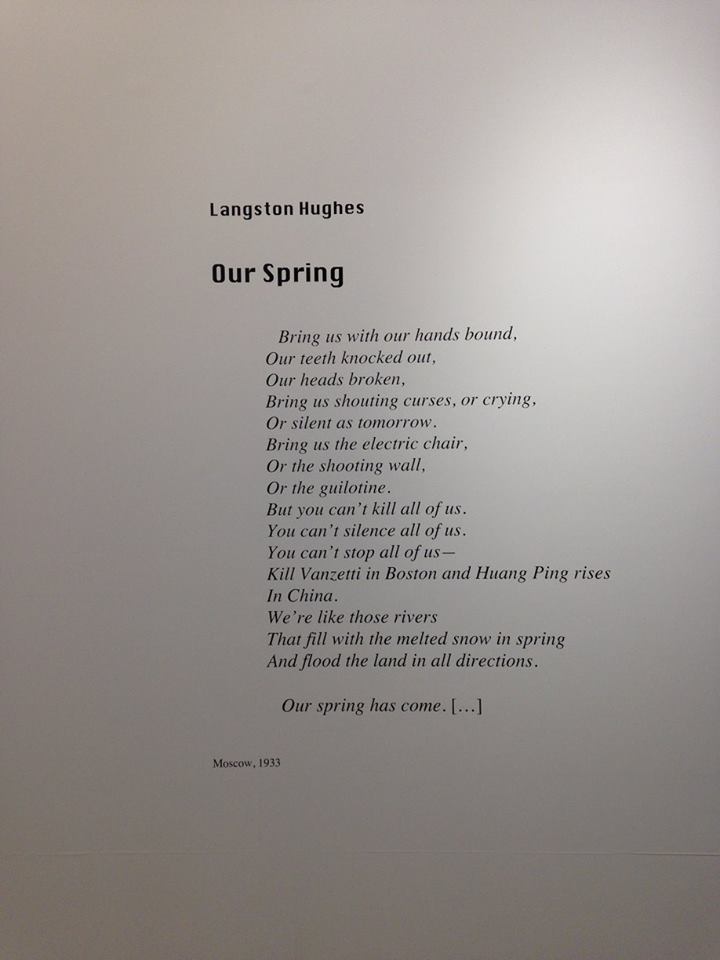
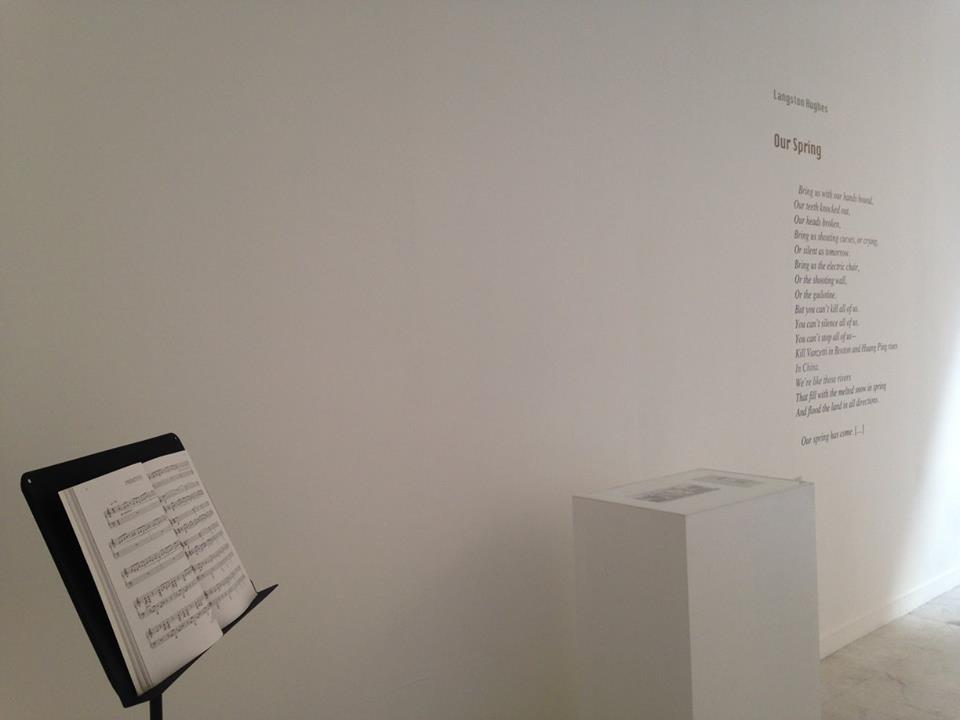

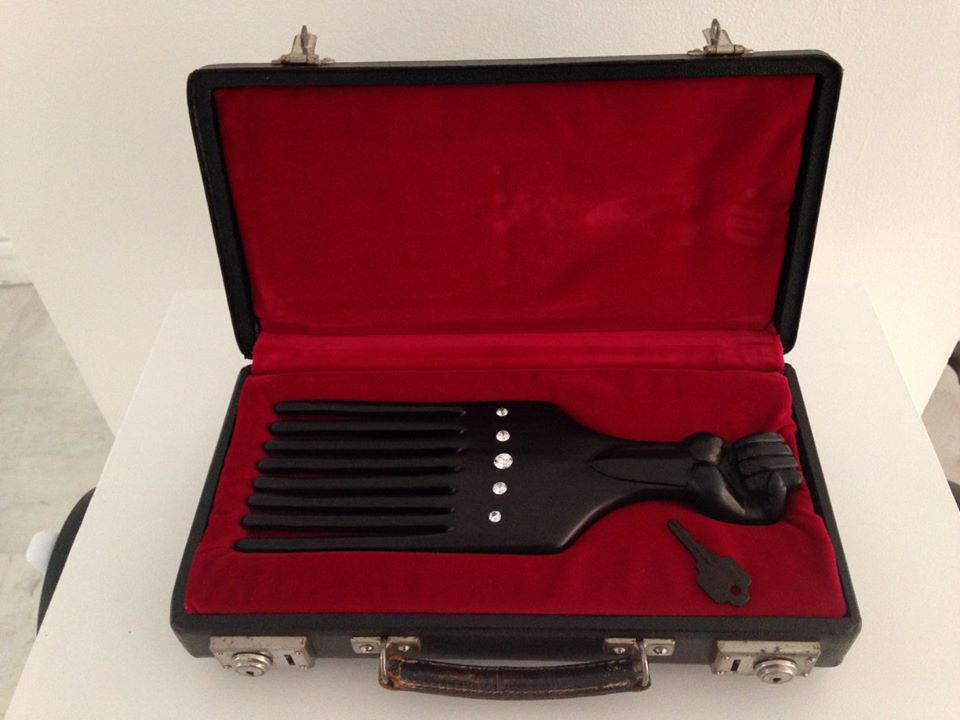

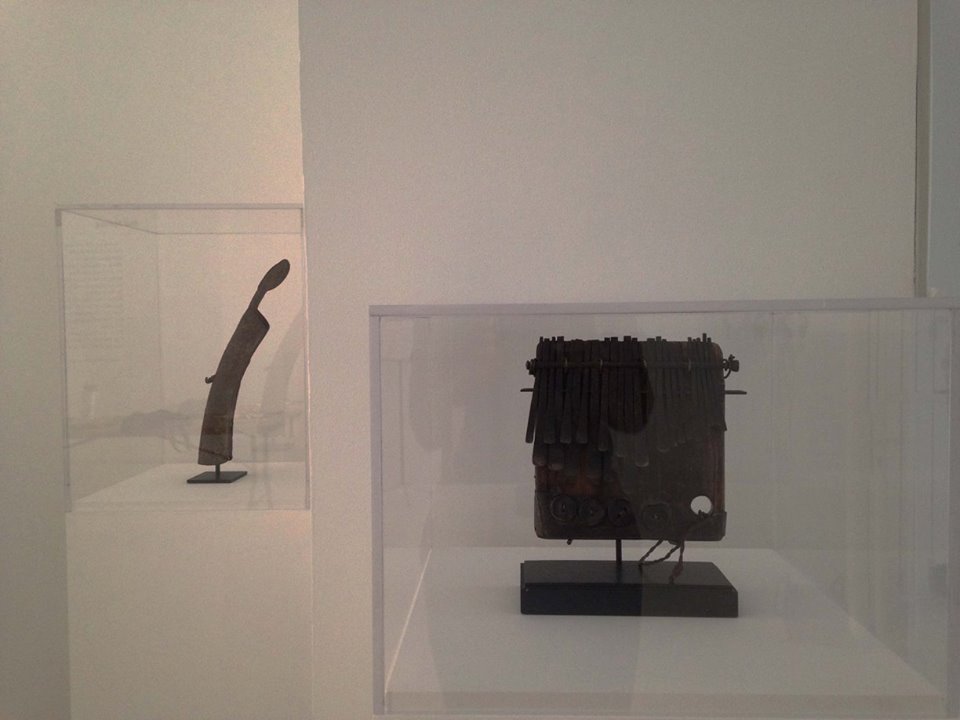

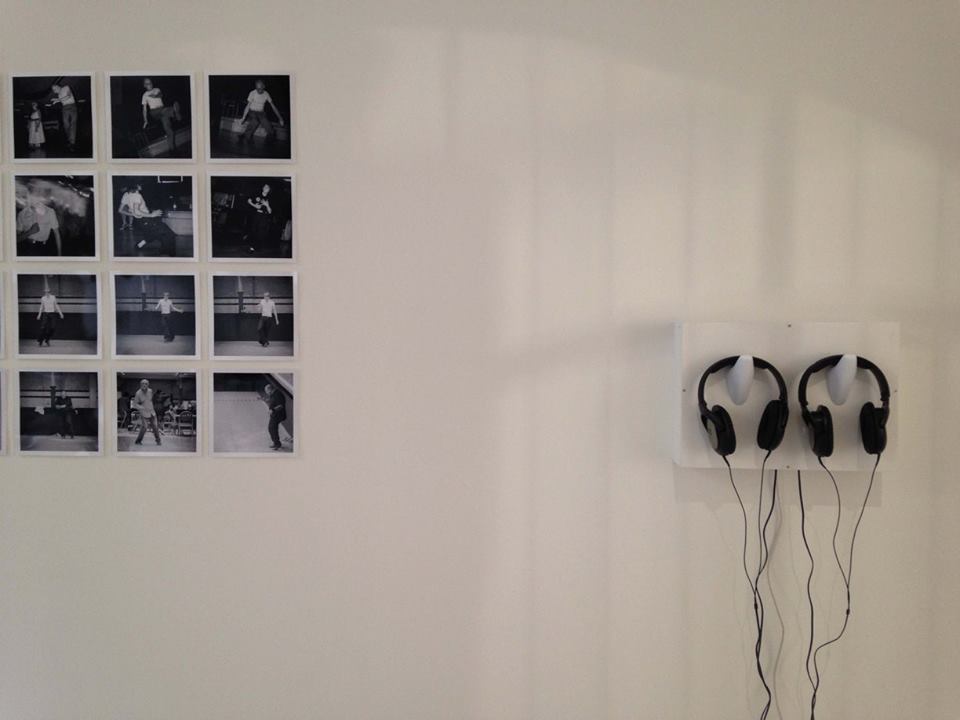
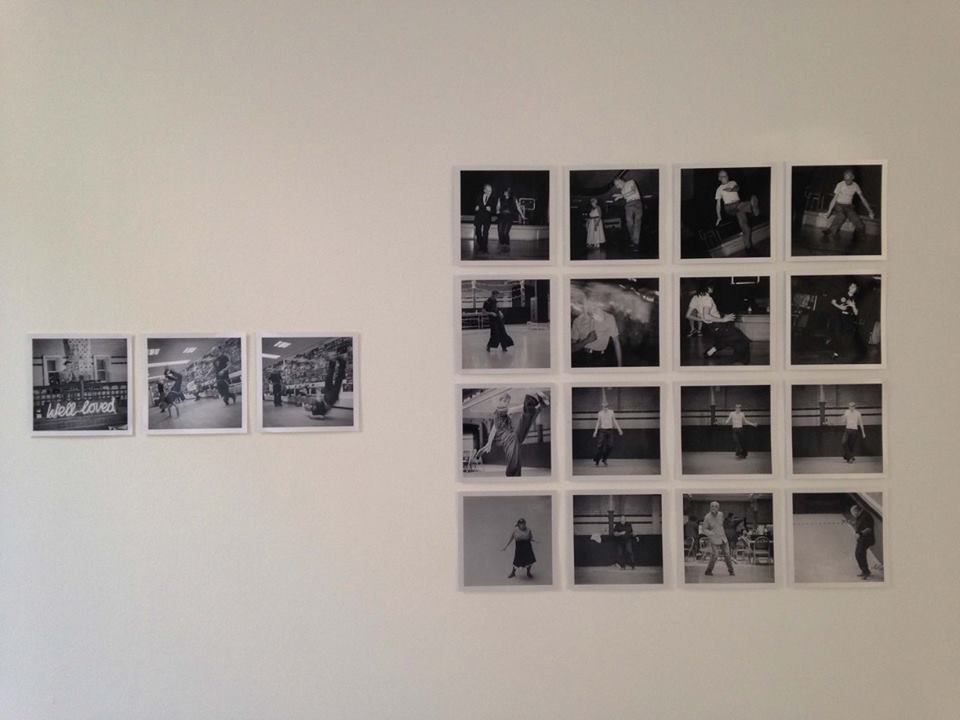
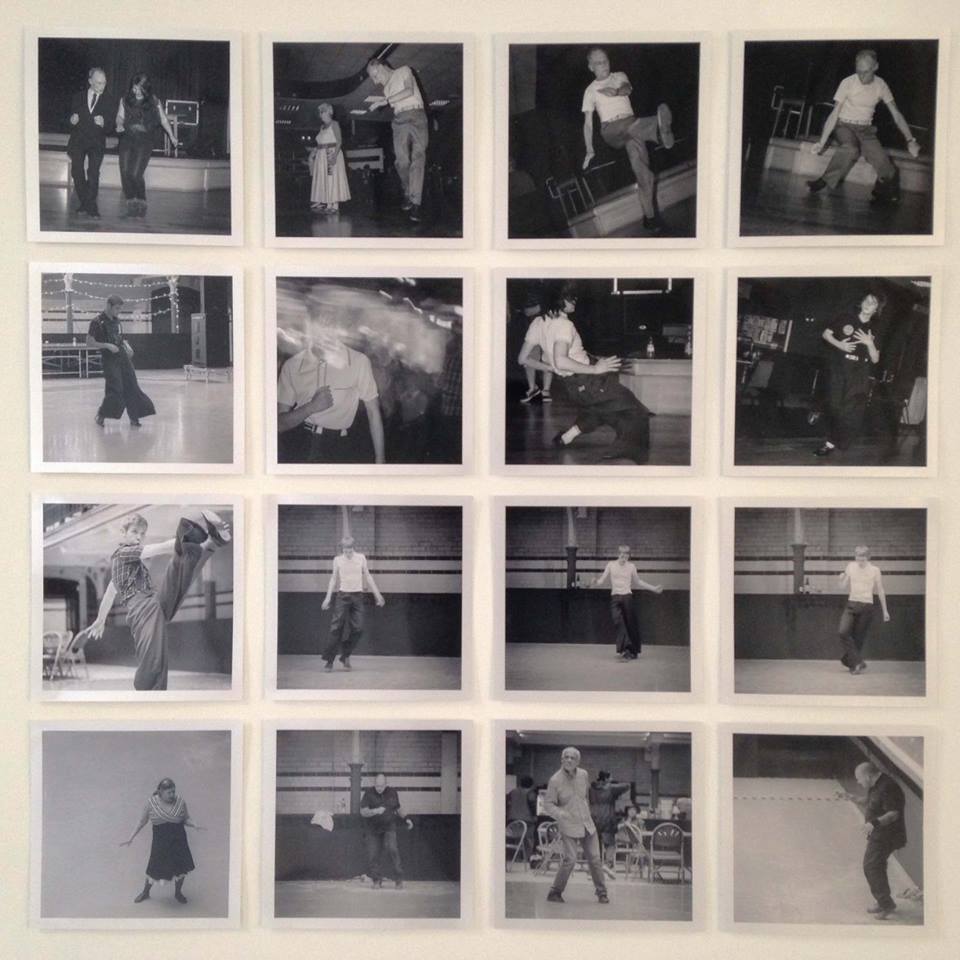


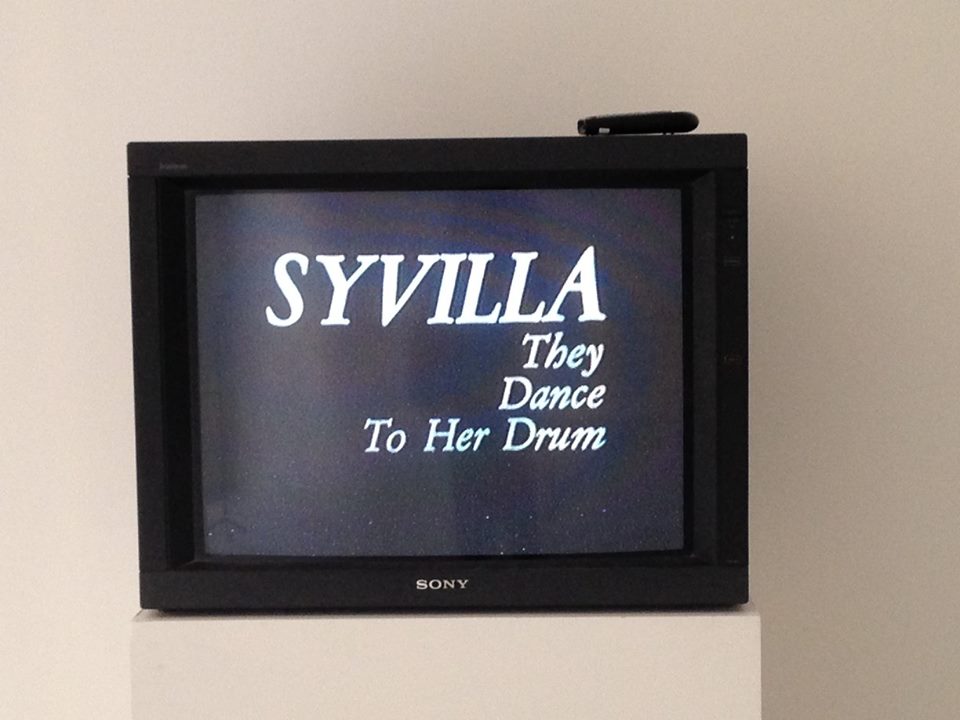




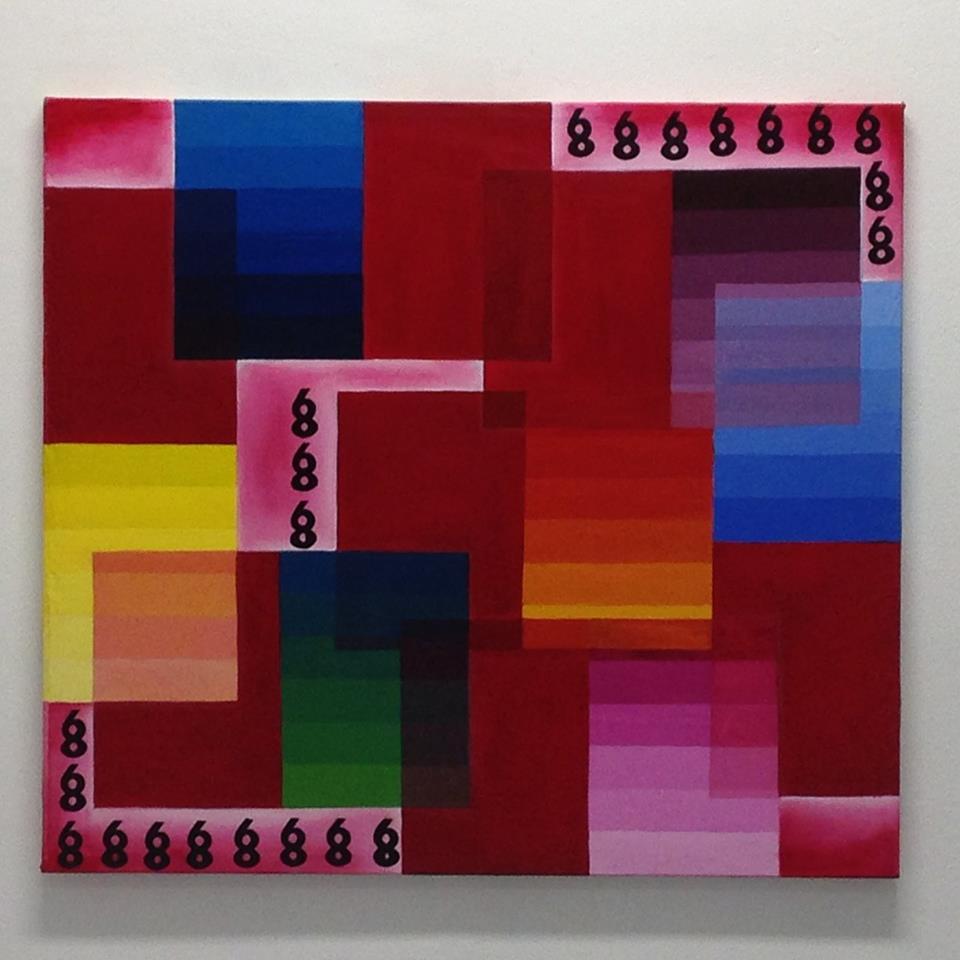
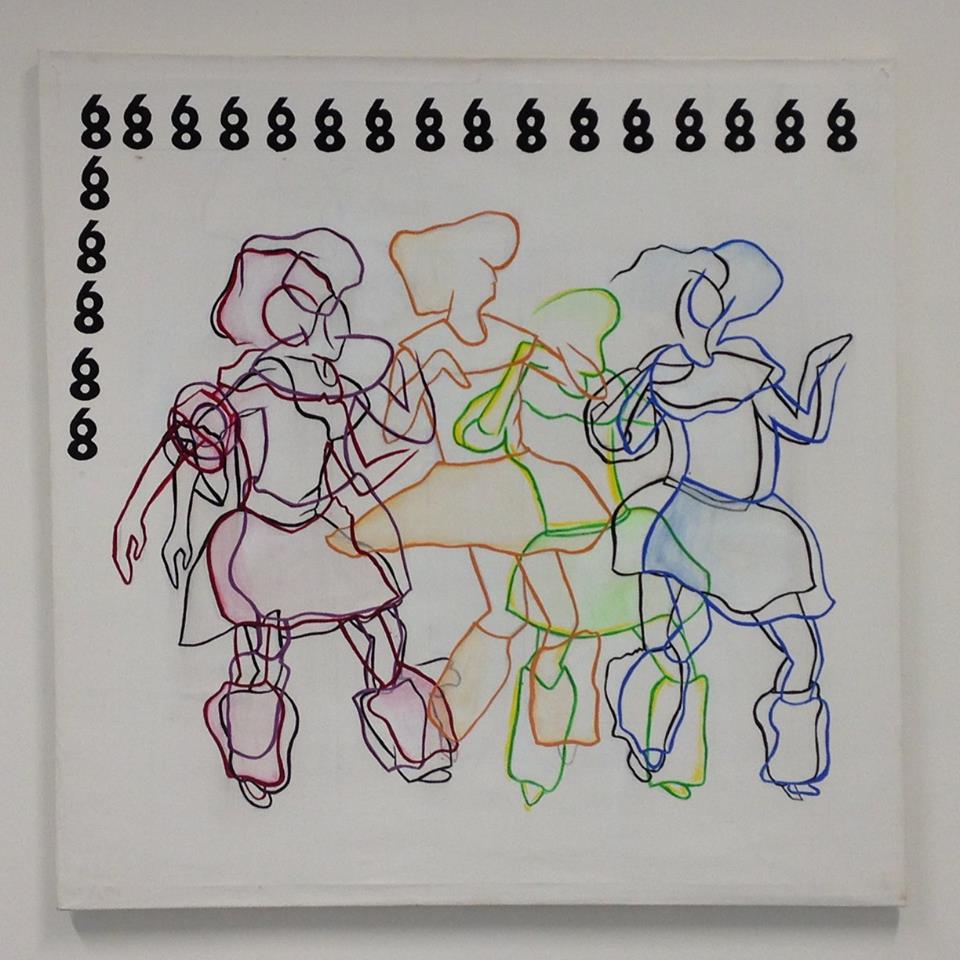


Follow
Subscribe
Sign up with your email address to receive our latest news.
© eye.on.art 2024 – All rights reserved.